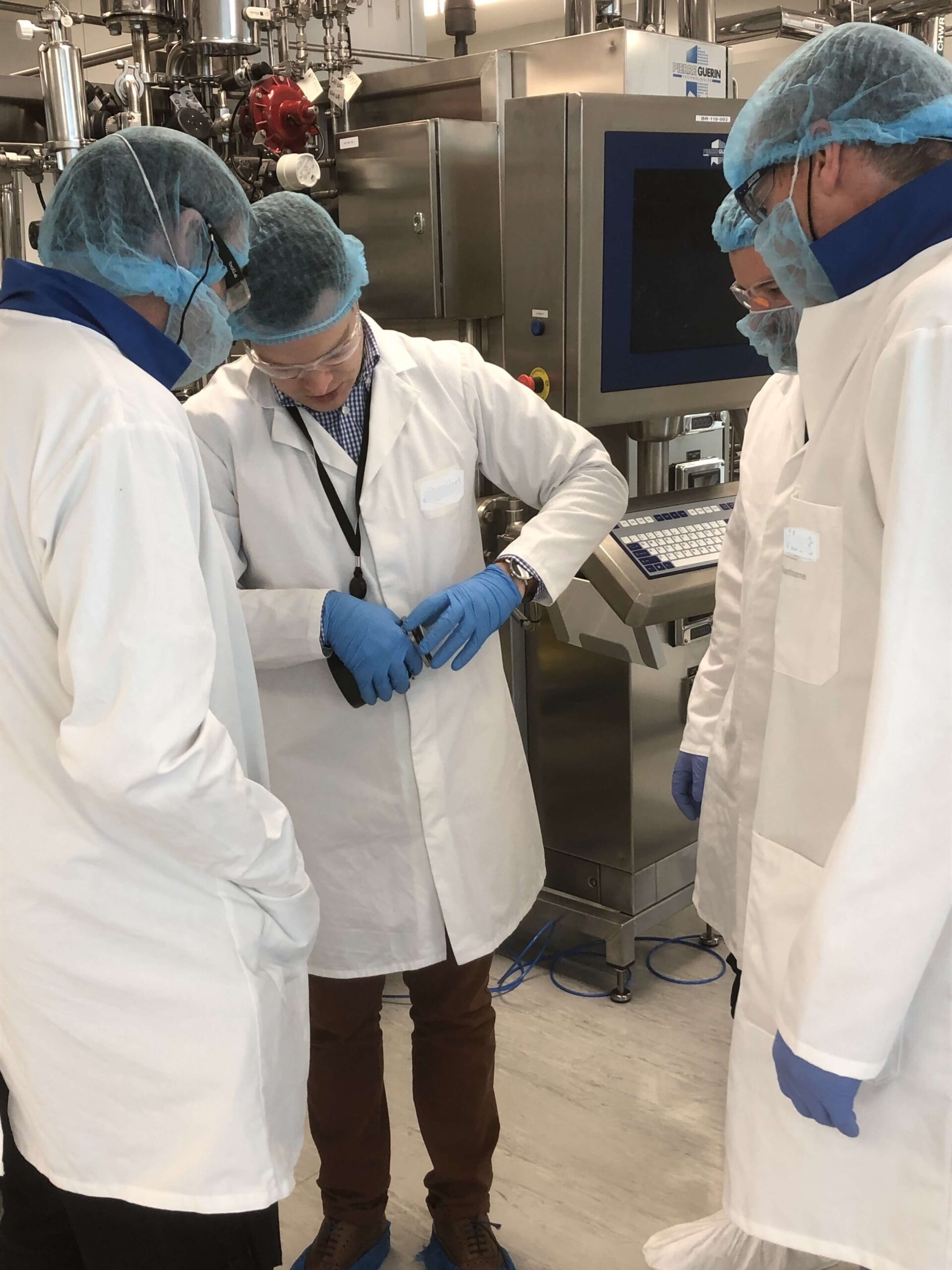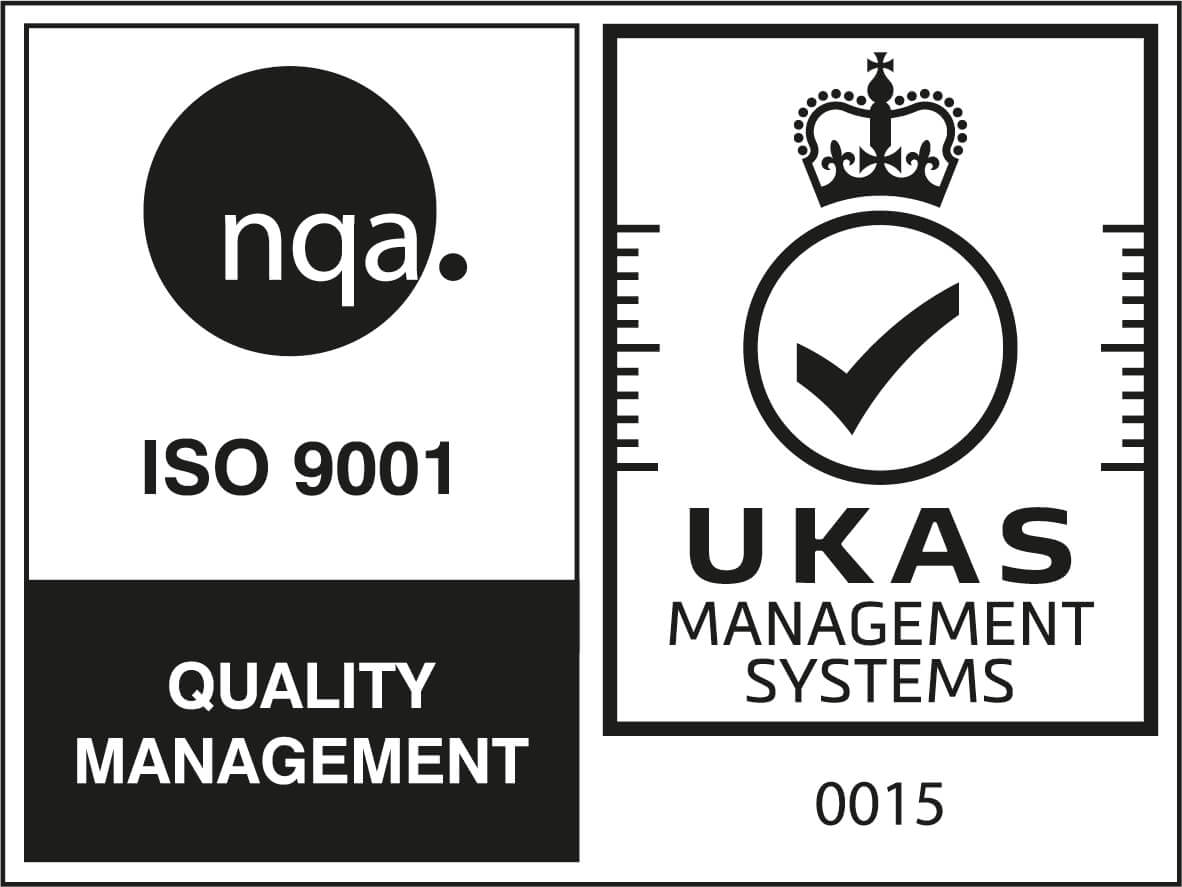In recent decades, there have been rapid advancements in technologies. These advancements have filtered down to many sectors and industries, however, the pharmaceutical industry can be slow to adopt these advancements. The sector has traditionally employed conservative approaches to manufacturing, reliability engineering and asset management, with good reason. The conservative approach is grounded in the fact the pharmaceutical industry has a duty to protect patient health, above all else. However, this poses the question, can pharmaceutical companies afford to not innovate if they want to stay competitive? What impact, if any, has the highly regulated nature of the industry had on the pace of modern asset management practice adoption?
Digitalization in the Pharmaceutical Industry
While the pharmaceutical industry has embraced innovation to a degree, the sector is certainly not leading the way. Pre-pandemic only 20 percent of biopharma companies were digitally maturing, and while many biopharma companies are experimenting with digital, most are yet to make consistent, sustained, and bold moves to take advantage of new capabilities [1]. There are two reasons for this digital lag:
- Company Structure: Within the world of pharma, many large companies grow in size through mergers and acquisitions. While this is great for growing a business, it has led to different sites using different operating systems all under singular parent companies. It is not uncommon for pharmaceutical companies to utilize several CMMS systems across their organizational network. This leads to a lack of organizational cohesion and makes it almost impossible to have an enterprise-wide asset management system in place.
- Regulatory Environment: The pharmaceutical sector is a heavily regulated environment, and many companies are reluctant to upgrade to newer technologies for fear of losing regulatory approval.
The Role of Regulators
Studies indicate that the pharmaceutical industry typically assimilates new technologies years after their initial use in other industries [2]. It must also be noted that these technological innovations are mainly centered on R&D rather than manufacturing.
This poses the key question; what drives this reluctance to change existing processes? While it may be easy to attribute this to regulators, there simply isn’t the evidence to say so. It could even be said that regulators are currently the drivers of digitalization within the industry. We can see examples of this from regulators across the globe. In the US, the Federal Drug Administration established the Emerging Technology Program. Likewise, the UK’s Medicines and Healthcare products Regulatory Agency created the Innovation Office. The EU and Japan also have similar approaches.
While regulators cannot be held solely accountable for the delays in the adoption of new technologies, the regulatory framework in which companies operate may have created a cultural inertia that is traditionally conservative and naturally risk averse. This culminated in a hesitancy to adopt new technologies.
The main reason behind this distrust is the fear that when changes occur, previously approved procedures and materials must undergo extensive testing to ensure they are compatible. Over the decades this has allowed pharmaceutical companies to become ‘fast followers’ as opposed to ‘first adopters.’
Future Trends
The protectionist approach that has dominated in recent decades will not last forever. The COVID-19 pandemic is the latest example of the need to innovate, as new drugs were required to get approval and get to market in record time, bringing with them the pressures of increased production cadences and reduced maintenance windows.
We are also seeing the birth and growth of smaller and non-traditional drug manufacturers. These new companies are born into the digital age and have an ingrained culture of utilizing digital solutions. This is backed by the fact that the upcoming workforce are digital natives and are far less uncomfortable with updating processes through digitalization.
With all things considered, it poses the question, how do we overcome these challenges? While regulatory bodies don’t outrightly suppress technological advancements, they need to do more to promote them.
Drug manufacturing regulations may have led to an endemic culture of hesitancy around implementing new practices. Therefore, we need to see a cultural shift. The adoption of new asset management processes and technologies needs to be framed as one of cultural change, not just technological change.
Additionally, we need to highlight the ROI of new methodologies and seek to engage talent externally that can bring fresh ideas and non-traditional voices to the industry.
[1]Reh, G. and Standing, M. (2018) “Survey finds biopharma companies lag in digital transformation,” Deloitte Insights. Available at: https://www2.deloitte.com/us/en/insights/industry/life-sciences/digital-transformation-biopharma.html.
[2]Abel, J (2019) “Digital Transformation of Pharma and Biotech”, ARC Advisory Group. Available at: https://www.arcweb.com/blog/digital-transformation-pharma-biotech.


hello